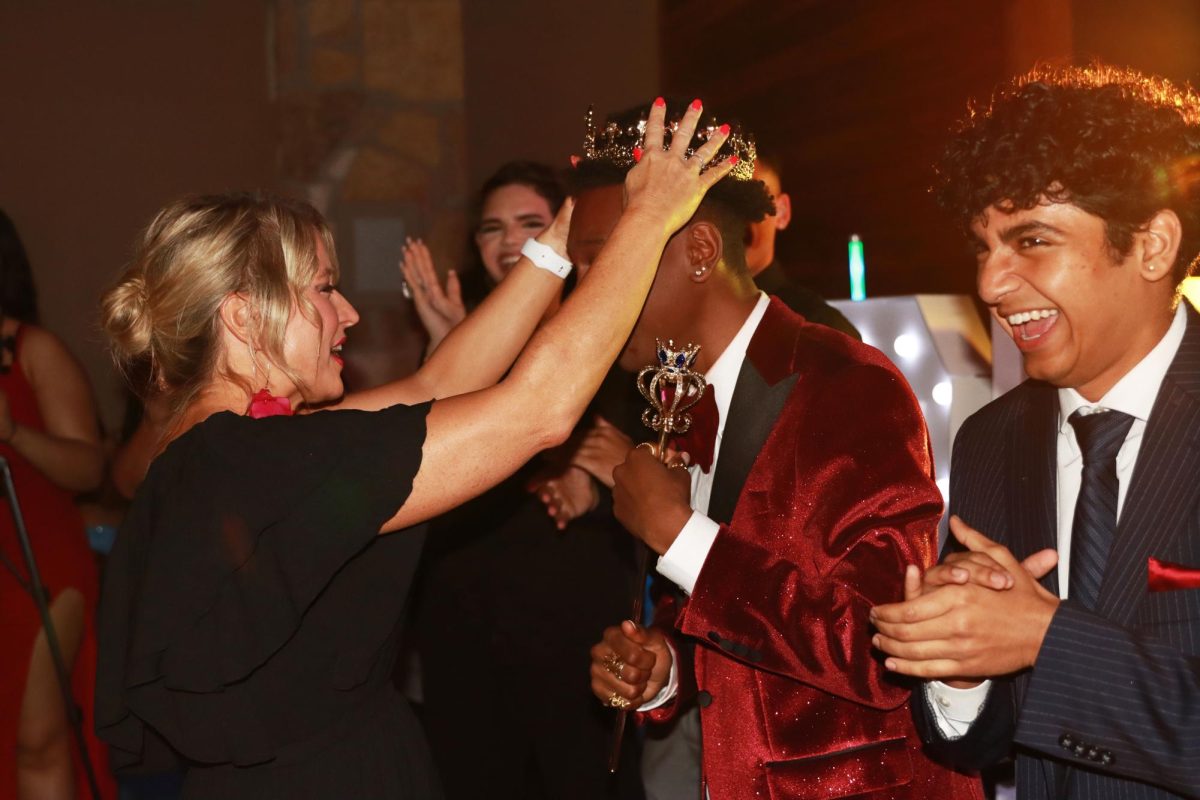She almost quit theater because of it.
When theater teacher Ms. Michelle Robinson tried out for her school’s play of “Cheaper by the Dozen” in 7th grade, she was rejected for the role. The reason? Unexpectedly the casting director told her it was not because of her talent or skill, but because of something more superficial.
“I didn’t really understand what he meant until after I watched the show,” Ms. Robinson said. “[But] everybody in that cast had blonde hair or blue eyes, and that was the first time I realized how different I was in this world of theater that I loved so much.”
Although this kind of experience is unfortunately common for many people who are underrepresented in the media—the people of Heritage say it’s getting better. As the years have passed, students are starting to see a shift in the film industry’s approach to diversity and incorporation of minority figures in their work.
Be it good or bad representation, it’s becoming increasingly evident that movies and shows are starting to become aware of at least incorporating it in the first place (as seen through examples like “Barbie” and its multicultural cast or shows like “Heartstopper” with its diversity in gender and sexual identities portrayed). A change that many agree wasn’t visible before.
“[Younger me] would be flabbergasted,” junior Ashrita Ramachandrula said. “The characters that everyone is playing, the different stories out there. I don’t think I would’ve been able to comprehend it—to see someone who looks like you on screen.”
For films that made her feel this way, Ramachandrula mentioned characters like Mindy Kaling’s Kelly Kapoor in “The Office,” and Riz Ahmed’s Ruben Stone in the “Sound of Metal.” Other students have also mentioned works like “Bridgerton,” “Derry Girls,” “Everything, Everywhere, All at Once,” and “Bend It Like Beckham” for meaningful representation shown.
Nevertheless, many agree that this isn’t an automatic job well-done. In fact, some have pointed out that there are still many underlying issues in how the film industry approaches diversity, with one prominent shortcoming being the concept of “tokenization.”
“I feel that sometimes filmmakers sense the societal pressure of having a diverse cast and will [incorporate one] without considering how to make it feel authentic or meaningful,” said senior Rudrani Dutta. “So they would have one minority member, and oftentimes they’re completely pushed to the side or the butt of the joke.”
Many other students have also pointed out the lack of roles offered to minorities in the industry, with a lot of bias seeping into the casting process itself. In fact, according to sophomore Sruthi Gopalakrishnan (who wants to become an actress in the future), it happens more often than you think.
“It just makes me so angry,” said Gopalakrishnan. “I’ll see opportunities in film and T.V., and frequently go in for auditions. And you’ll see someone who could be [on] the same level as you, and yet you know they’re gonna cast them just because they look different from you.”
It’s also been touched upon that the representation seen in shows and movies can create a very real sense of misplaced identity for consumers. For example, theater teacher Mr. Brandon Smith—who identifies as queer—recalls growing up and watching queer characters, not understanding why they could never be proud of themselves for who they are.
“I remember watching shows and seeing a character who’s kind of effeminate, but they would never say he was gay,” Mr. Smith said. “And then you’re kind of like, ‘Oh he’s like me, but they can’t say it.’ So then I started to feel this shame of, ‘Well why can’t they say it? Is there something wrong with me?’”
Young Ms. Robinson went through something similar. Until someone told her she was actually biracial, she thought she was white till the fifth grade. How was she supposed to know? When no one looked like her on screen, there was nothing to compare herself to.
However, this experience parallels that of junior Vibha Kolanupaka, who recalls watching “Spider-Man: Into the Spiderverse” on premiere day.
“[When] I heard the Indian music come on, and a person of my skin color popped up on the screen, I actually screamed,” Kolanupaka said. “Well, internally [screamed]—but he was everything. Seeing him you’re like ‘Oh my god India, I’m from India, that is me—I am on that screen.’”
One student in particular hopes to make this kind of experience not a rarity in the future, but the norm.
“That’s why I want to go into film,” senior Sruja Peruka said. “I want to make movies that will make little me, will make my sister’s kids in the future, feel like they’re seen. Feel like they’re not just a side character, not just passing by, but that they’re the main character. That they have a story of their own.”




